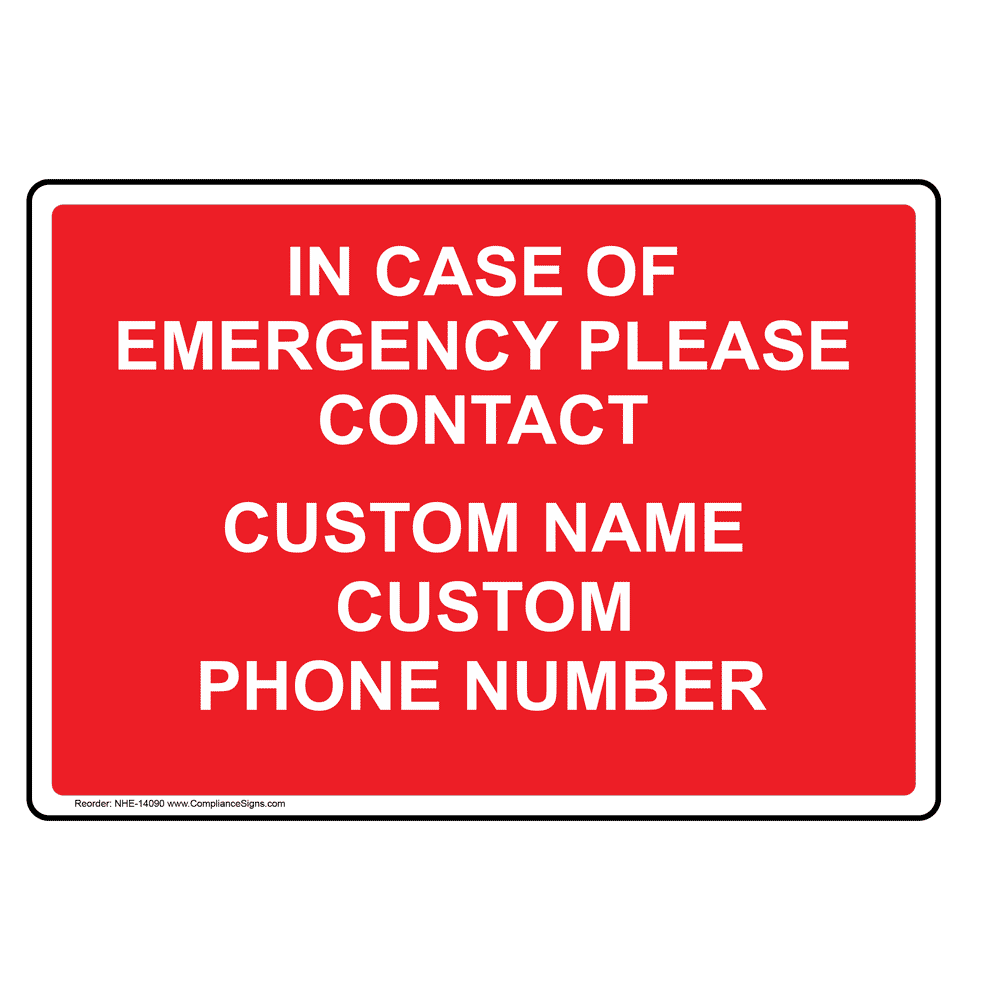

In late 2021 the level of calls grew to a point where ESTA was taking longer than the five second target time to answer most emergency calls – at times more than 10 minutes – damaging the public’s confidence in the system, and placing the community at risk. ESTA faced challenges in managing record-breaking volumes of emergency calls, particularly for ambulance events. The onset of the COVID-19 pandemic challenged all aspects of society, including placing all parts of Victoria’s health system under strain. They are used to calling triple zero and being rapidly connected to the most appropriate emergency service in seconds.ĮSTA – the Emergency Services Telecommunications Authority – provides Victoria’s triple zero call-taking and dispatch services. Victorians are accustomed to being able to rely on the emergency (triple zero) call service for help from police, fire and ambulance in life-threatening situations. Risks may relate to human resource supply and skills to support emergency management operations. Risks include collection, storage, treatment, delivery, availability and allocation of water for consumption and environmental, recreation and cultural uses. Geopolitical, environmental, economic, societal and infrastructure-related shocks can expose supply chains to wide ranging consequences.Īttacks carried out by individuals or non-state groups with ideological, political or religious goals can result in loss of life, severe injury and/or material damage. Risks may relate to the delivery of public health services, with impacts on community health and wellbeing and potential for loss of life. Heatwaves are considered to be the ‘silent killer’ of extreme weather events and are the leading cause of weather-related deaths in Australia. Potential risks relate to many places where Victoria’s hazardous materials are manufactured, stored, transported, used and disposed. Major flood events have occurred in Victoria every 10 to 20 years, with much of the increasing risk created by human settlement. Reliable energy supplies are critical to many social and economic activities. Risks relating to the confidentiality, availability, integrity of information and data and disruption of services. Risks include more days of extreme heat, harsher fire weather, less rainfall and rising sea levels.Ĭommunications services are crucial in keeping communities safe, connected and informed before, during and after emergencies. Risks spanning across multiple hazard types and across the emergency management system.Įxotic animal and plant disease outbreaks and pest incursions can have significant economic, community and environmental impacts.īushfire and other fires have potential consequences including loss of life and property, and damage to infrastructure and environment.


 0 kommentar(er)
0 kommentar(er)
